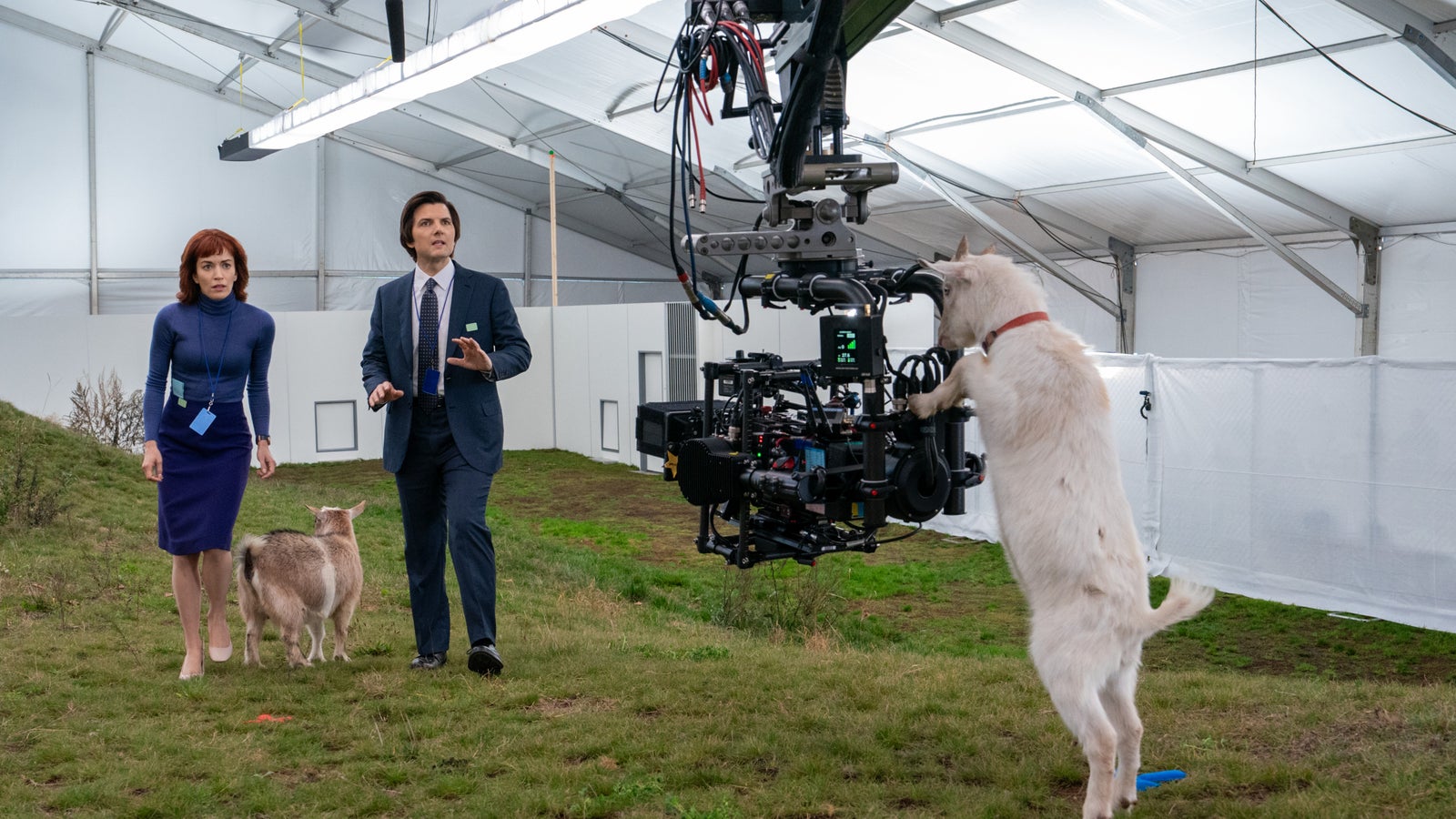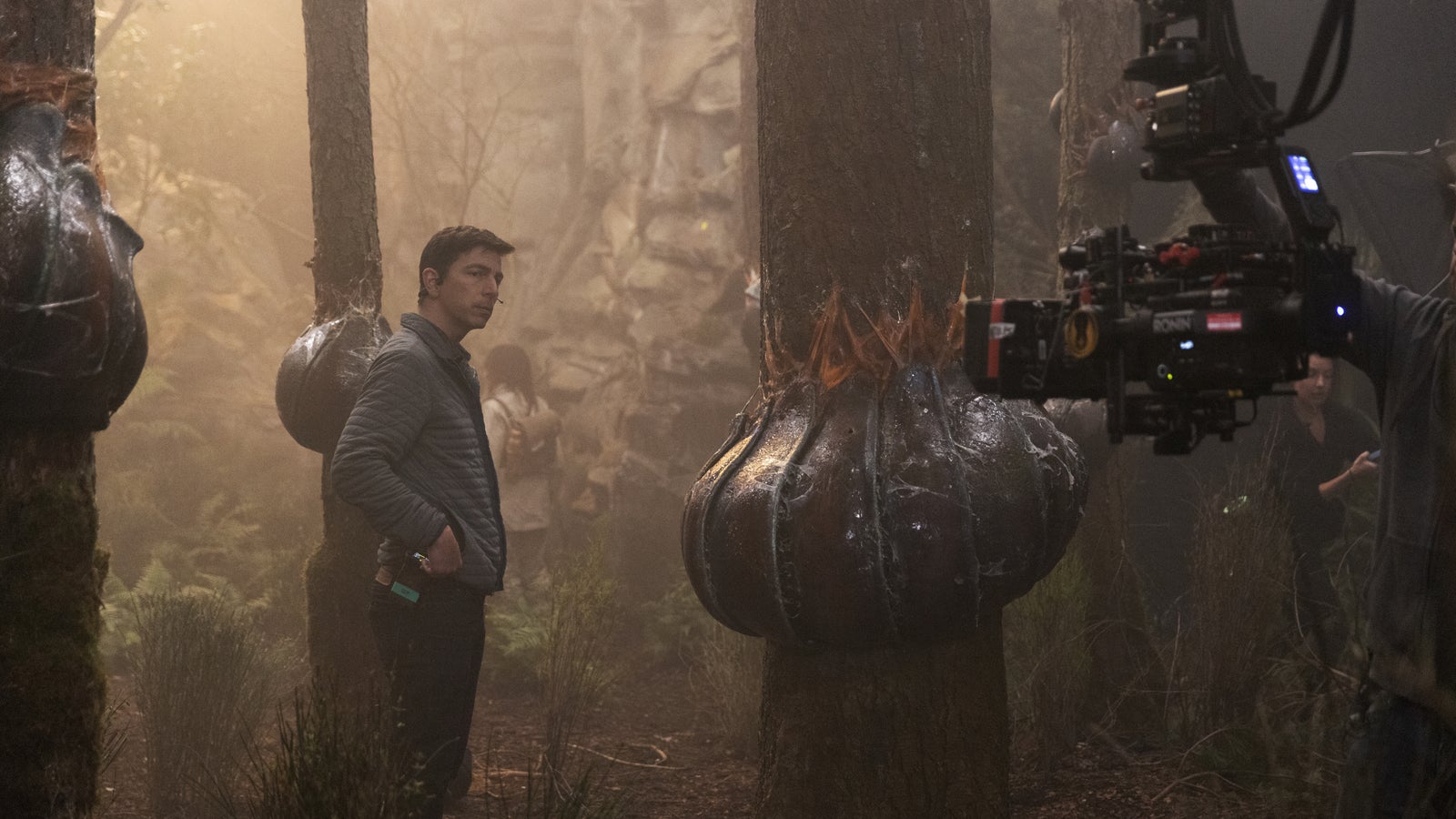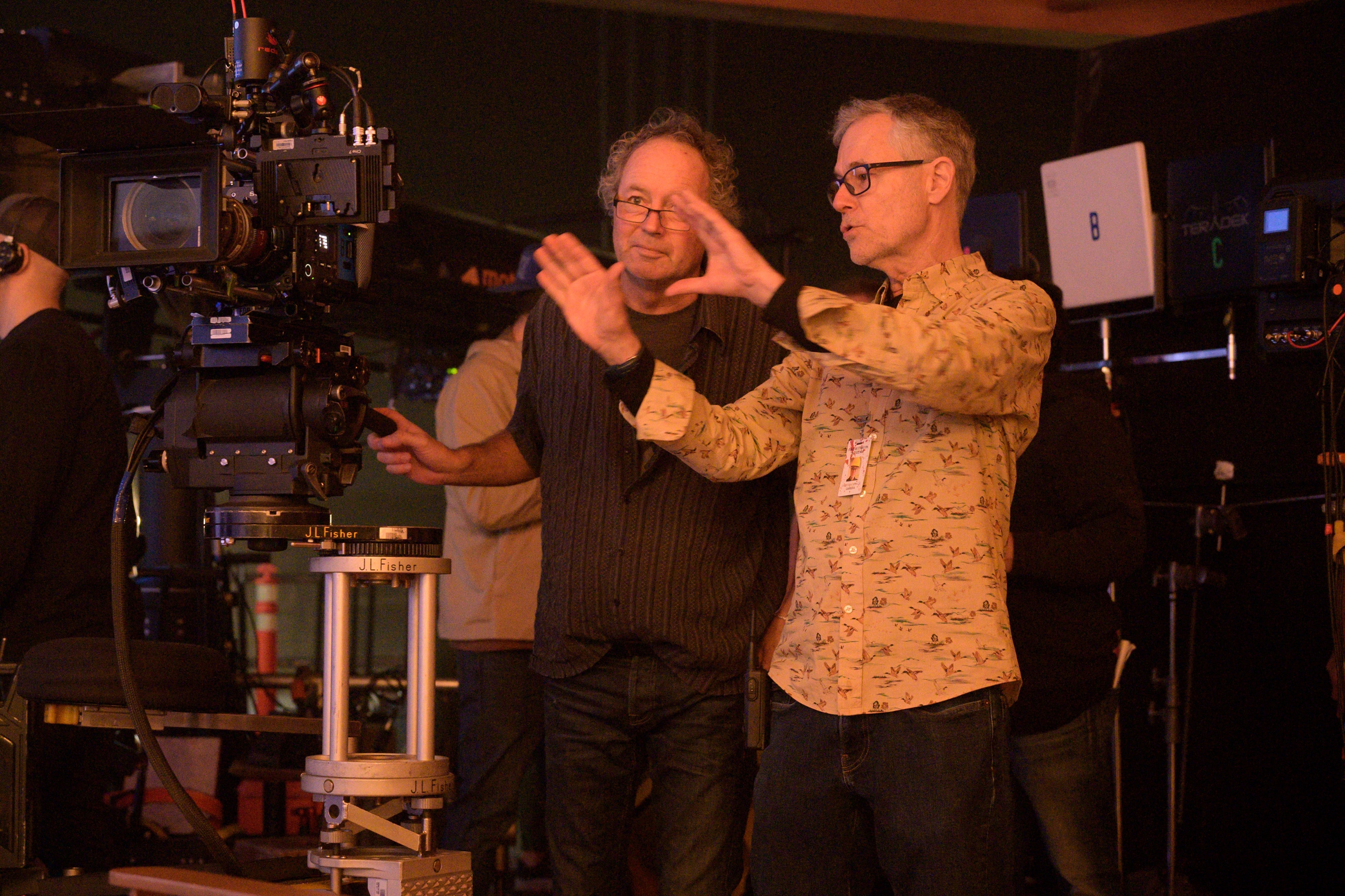
06-18-2025 - Filmmaker Interviews
Sony VENICE 2 and Christian Sebaldt, ASC, Capture Mayhem in Final Destination: Bloodlines
By: Yaroslav Altunin
Christian Sebaldt, ASC, is a cinematographer that is no stranger to dead bodies. After shooting on How to Get Away with Murder, Lucifer, and capturing over 70 episodes of CSI: Crime Scene Investigation, it seemed he was the only choice to revitalize a 2000s horror franchise where death lurked around every corner.
Joining directors Zach Lipovsky and Adam Stein, Sebaldt captured Final Destination: Bloodlines using the Sony VENICE 2 and a finely tuned remote workflow that felt more like theater than film.
Sony Cine sat down with Sebaldt to better understand his unique approach to filmmaking, and why the VENICE 2 has become his camera of choice.
Filmmaker Interview: Christian Sebaldt - Designing and Planning Final Destination: Bloodlines
For Sebaldt, working with the directing duo behind Final Destination: Bloodlines spanned genres and visual styles. But this film would be the first to combine their unique expertise of the macabre.
"[Adam and Zach] can build drama with anything,” Sebaldt said. “With garden hoses and gnomes and water and beer bottles.”
“They were the perfect artists to reinvent this wonderful New Line Cinema franchise and bring a lot of humor to it.”
In order to capture all the nuances of how Death takes the lives of its victims, Sebaldt and the directors, along with their creative team, worked meticulously to plan out each shot and sequence. Even before arriving on set, the scene would be choreographed like a stage play.
“We did extensive 3D previews, matching the sets that had been designed in the computer in 3D, and Digital Domain created full motion 3D storyboards for us to show all departments and actors,” Sebaldt shared. “The big action sequences were all pre-planned very carefully so that by the time we would be on the set, we had every shot figured out.”
These plans not only included the camera department, talent, and directors, but practically every other crew member on set. Since the film required extensive special effects and stunts, with fire and other hazards, the collaboration extended beyond a typical film.
"We spent a lot of time with the production designer, the special effects, and stunt coordinators, and the visual effects supervisor,” Sebaldt said. “We would sit together and go through every shot and every sequence and literally take it apart and say, ‘This is how we do this, and this is what we need here,’”
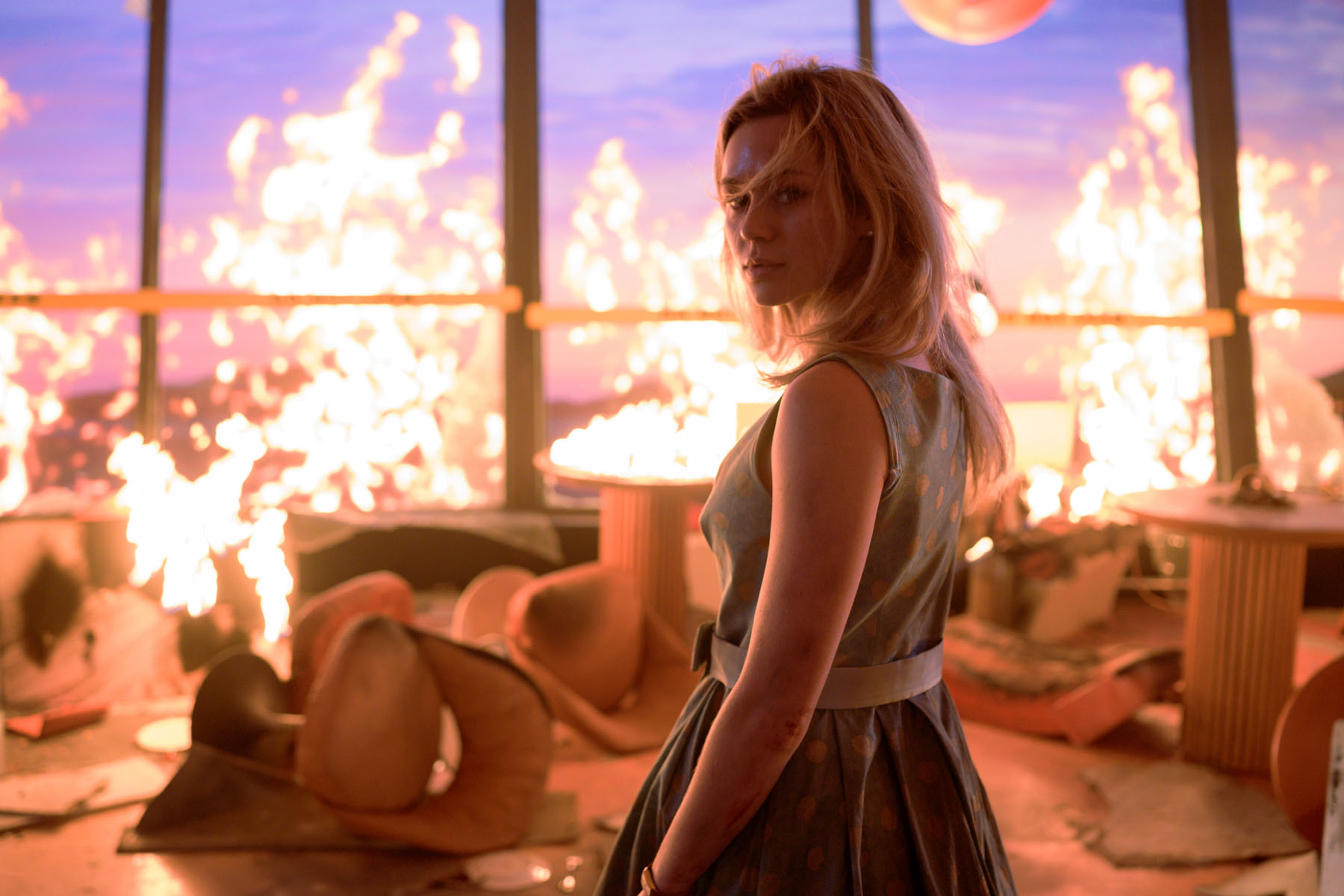
One of the more complicated scenes of the film came right at the beginning. In a restaurant sitting atop a Space Needle-like spire, the main characters would dance atop a glass floor with deadly consequences.
“To create the visual of a restaurant in the clouds,” Sebaldt explained. “A 100ft diameter circular set was built 8ft off the ground and surrounded with a 200ft wide and 24ft tall custom-built Pixomondo LED Volume.”
To get a sweeping view of the city below to play back on the volume, the creative team utilized 360-degree imagery, shot during multiple flights at 400ft height with a heavy-lift drone. The footage was then stitched together and converted into a 3D element. Pixomondo, who also handled the volume playback, combined the footage with lidar-survey geometry and drone photogrammetry and could then adjust the projected landscape to match the camera angles and time of day.
“We could then digitally light it as needed for the individual shots, because the sequence up in that restaurant takes place during sunset.”
Fire was also a common occurrence on set. From stunt performers setting themselves ablaze to lead actors walking across the flaming tables, safety and creativity had to go hand in hand.
“We have fire on the set. A massive amount of fire. And so, the set needed to be built completely fireproof,” Sebaldt said. “Some of the furniture is literally concrete…and what we needed to be movable, like tables and chairs, had to be protected with flame proof material.”
With the help of Warner Brothers Safety, Bridge Studio’s safety, and the fire department, the special effects team did fire tests to measure heat and determine air quality to make sure it was safe to film on the set for cast and crew.
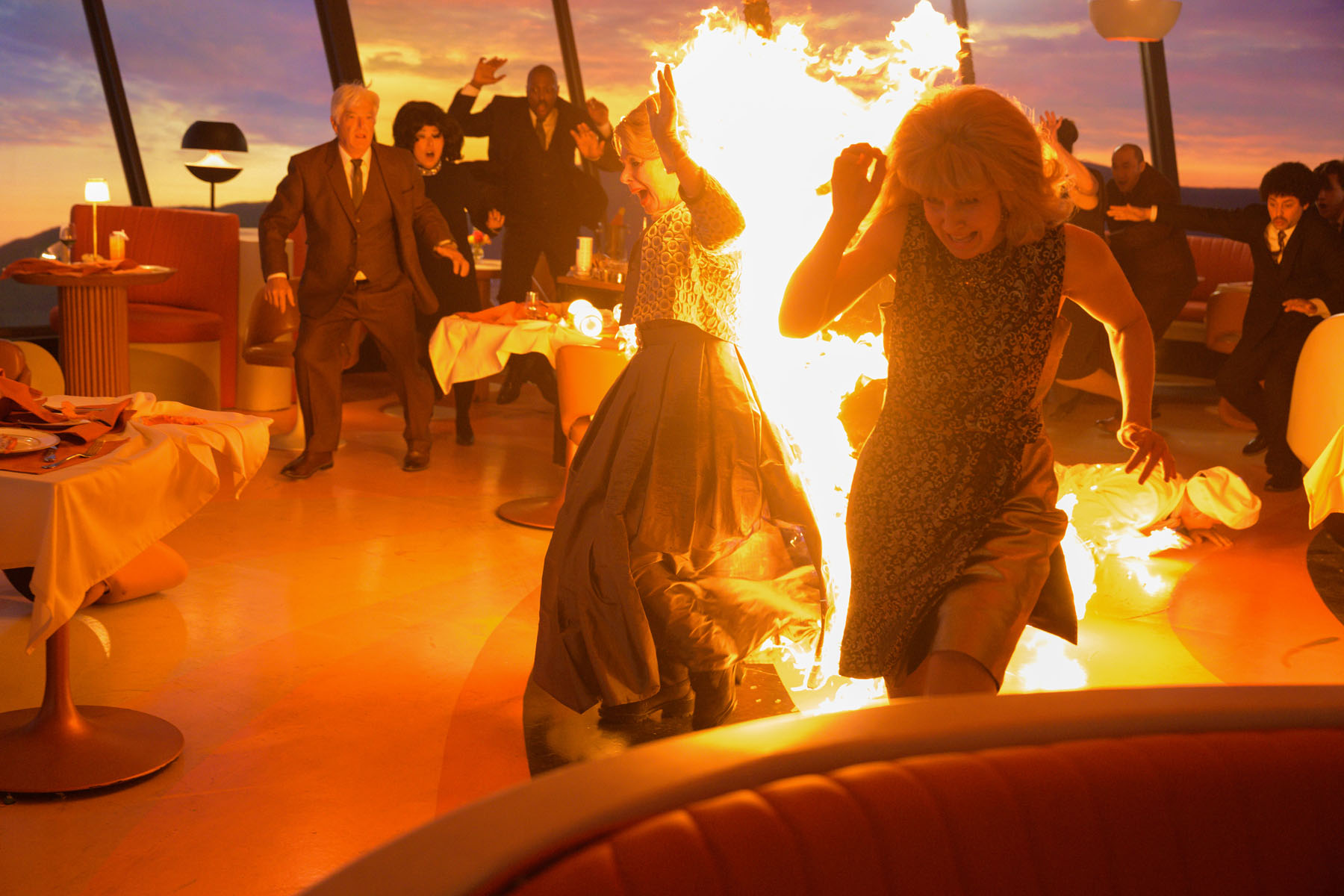
Filmmaker Interview: Christian Sebaldt - Using the Sony VENICE 2 to Capture Final Destination: Bloodlines
To capture this spectacle of death, Sebaldt used a workflow that thrived off the pre-planned nature of the shoot. With every moment discussed and rehearsed, the cinematographer needed a camera system that would be just as reliable.
It was the Sony VENICE 2 that became the camera of choice, giving Sebaldt the creativity he needed with the reliability the project demanded.
“I had used the VENICE 2 on recent projects,” Sebaldt said. "And I was very confident that it was the perfect camera because of its flexibility, it’s super clean dual ISO, and the built-in eight motorized NDs.
“It's reliable. You turn it on, and it delivers,” Sebaldt added. “No matter if it's hot with flames on the set or if you're outside in the rain.
To run this choreographed set, Sebaldt would sit with his DIT before a row of color-corrected monitors that were matched to their color grading suite. Like a conductor, the cinematographer had control over the images and was able to see his compositions as close to the final grade as possible via a custom LUT developed for the film by final colorist Paul Westerbeck.
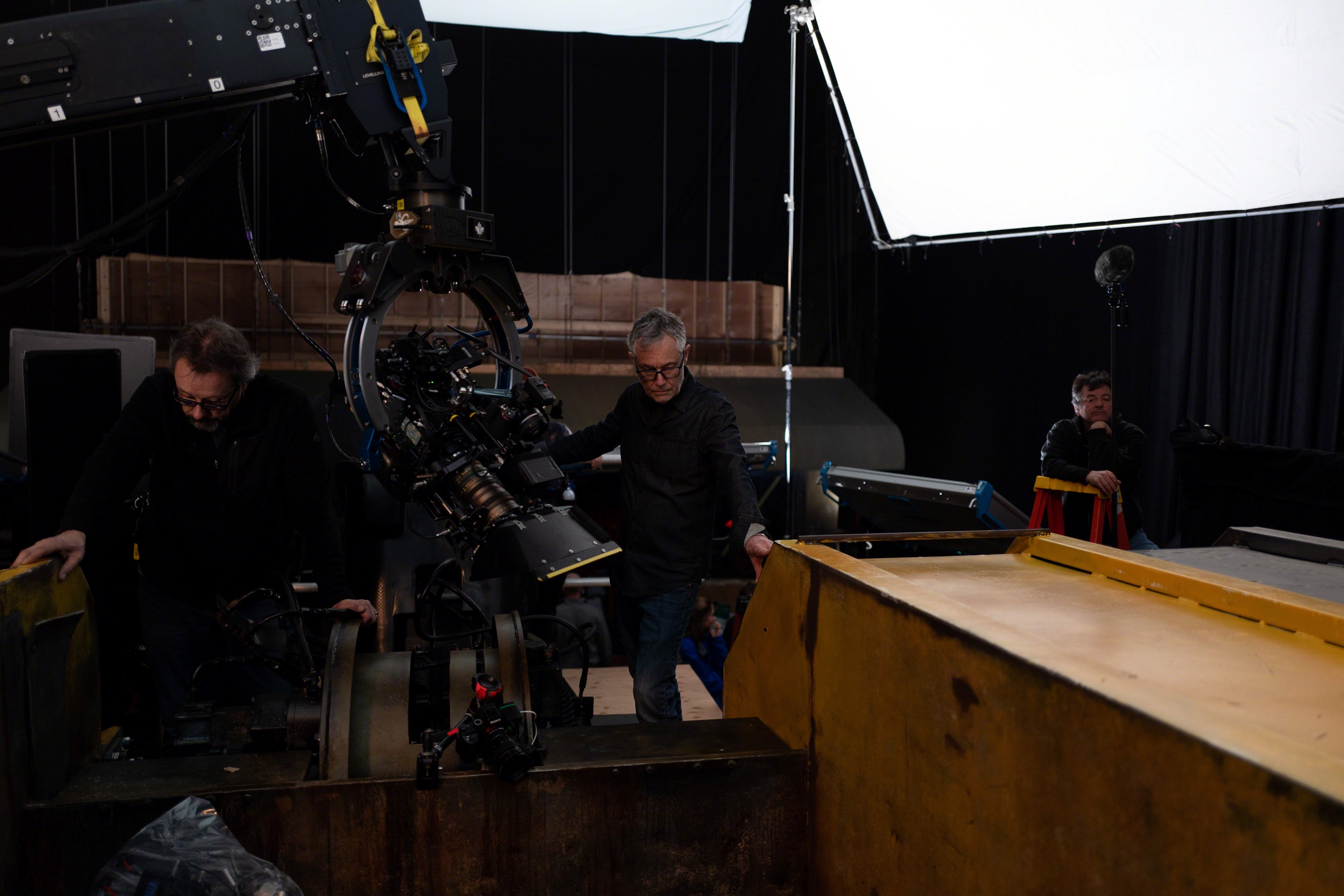
But from here, Sebaldt and his team could also control practically every aspect of their cameras.
“We had at least two cameras rolling, sometimes three cameras. And then our second unit also had multiple cameras,” Sebaldt explained. “We used remote controls for lens aperture, the ISO, and the built-in NDs.”
Even all of their lights were on a nearby dimmer board so the Gaffer and Key Grip could be right next to Sebaldt and adjust the set as needed without having to approach any lights.
“Every light, not just the big movie lights, but even every practical on every table, and there were maybe 50 tables in the restaurant, every light is on remote control,” Sebaldt said. “And that makes us really, really fast.”
Because Sebaldt had control of every camera from one location, it added adaptability back into their tightly choreographed scenes, whether it was to help focus, match the exposure from scene to scene, or do a last-minute high-speed take that the directors wanted.
“If we're shooting high speed and we need more depth of field, we might go to ISO 3200 with the click of a button on the remote,” Sebaldt explained. And if that is not enough, we go to ISO 4000.”
“The flexibility of the Sony Venice 2 helps me work fast and deliver great images.”
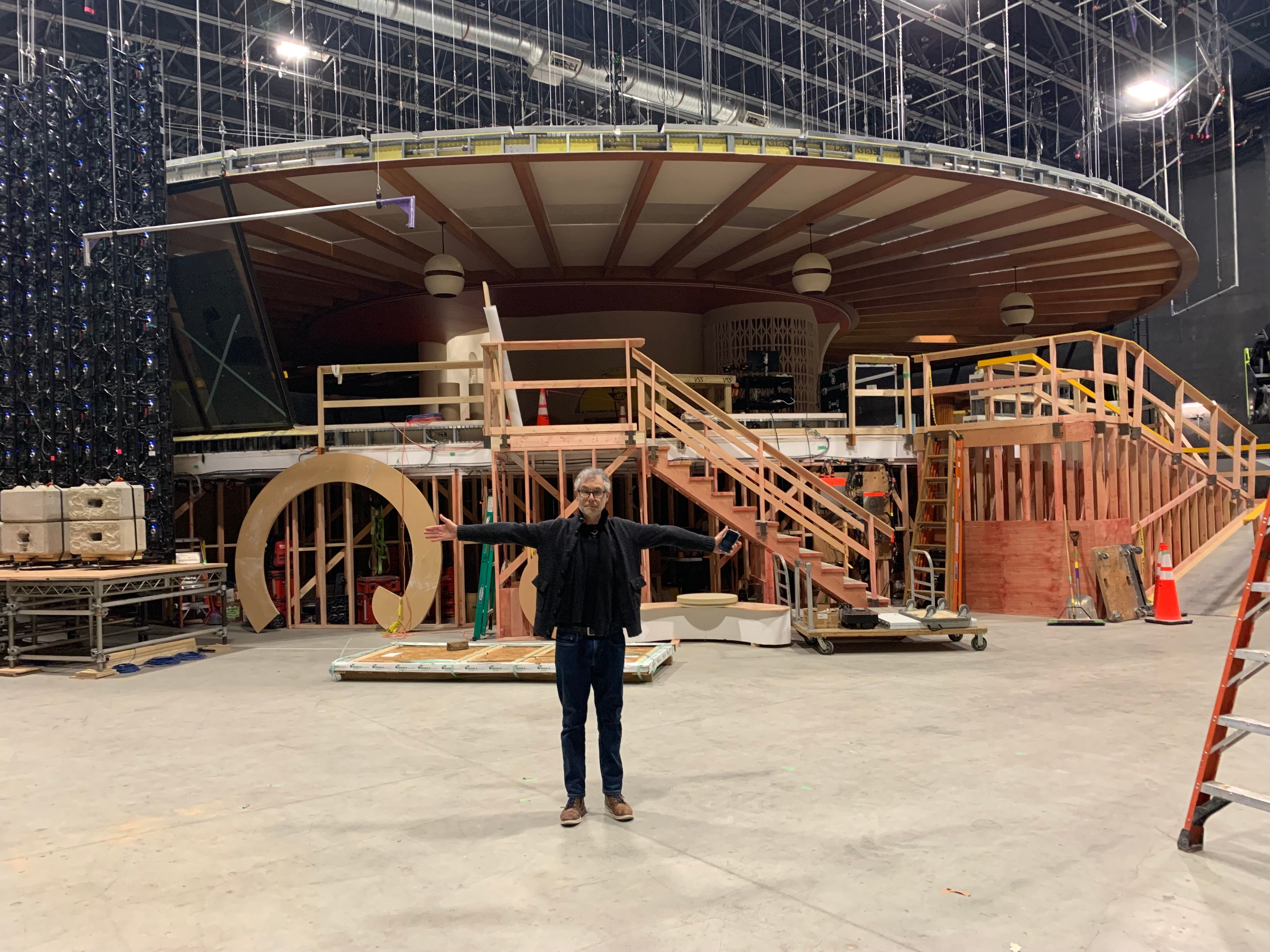
Filmmaker Interview: Christian Sebaldt - Bringing Death Back to the Silver Screen
A movie like Final Destination: Bloodlines may seem like it’s all popcorn and fun. But the combination of dangerous stunts and practical effects requires a team that understands how to make these sets safe and discover creativity within those confines.
For Sebaldt and the whole team, planning kept the set running efficiently and safely, and the VENICE 2 brought out the creativity in each composition.
Final Destination: Bloodlines is now out in theaters. To learn more about the Sony VENICE 2 and the other cameras in the Sony Cinema Line, visit the link here.
